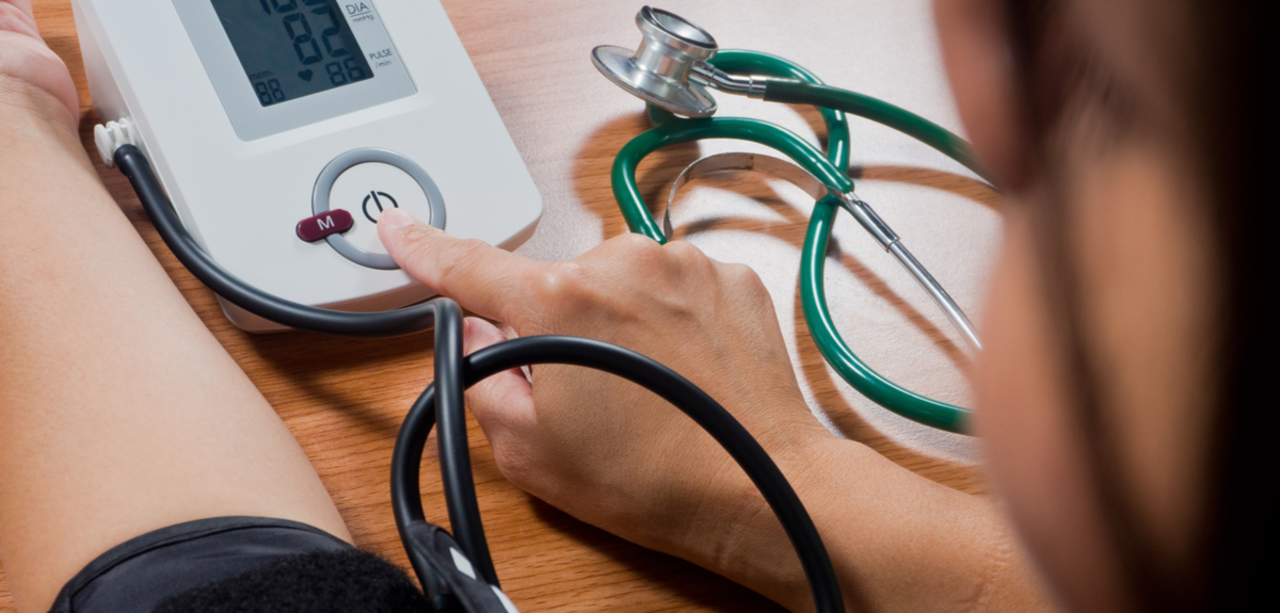Anxiety disorders — what to watch for and what to do
If you feel on edge much of the time, or fear things that seem out of proportion, you may be dealing with an anxiety disorder. These conditions are common and treatable. This page gives plain, practical steps: how to spot symptoms, when to see a clinician, basic treatment options, and how medications fit in safely.
Common symptoms and when to get help
Anxiety looks different for everyone, but here are frequent signs: racing heart, trouble breathing or dizziness, constant worry that won't stop, panic attacks, trouble sleeping, or avoiding places and situations. If these problems hurt your work, school, relationships, or daily life for weeks, ask for help. If you have suicidal thoughts, severe panic, or can’t care for yourself, get urgent care or call emergency services now.
When you see a provider, be ready to describe how long symptoms started, what makes them better or worse, any physical health issues, and all medicines or supplements you take. That helps avoid dangerous drug interactions and speeds correct diagnosis.
Treatment options: therapy, meds, and practical steps
Two main treatment paths work well: psychological therapy and medication. Cognitive behavioral therapy (CBT) is the top choice for many anxiety types. CBT teaches how thoughts and behaviors feed anxiety and gives hands-on tools to change them. Group therapy, exposure therapy, and mindfulness-based approaches can also help.
Medications can reduce symptoms so you can benefit from therapy and daily life. Common drugs include SSRIs (like escitalopram, sertraline) and SNRIs. Doctors may use short-term benzodiazepines for intense anxiety, but these are not long-term solutions. Medication choice depends on diagnosis, other health issues, and side effects. Expect trials to find the best dose, and don't stop meds abruptly — taper under a clinician’s guidance.
Watch for side effects: changes in sleep, appetite, sexual function, or mood. Report new or worsening symptoms to your prescriber. If labs or medication monitoring are recommended, follow the schedule — some drugs need blood tests or dose checks.
Practical self-care matters too. Regular sleep, steady meals, moderate exercise, and cutting back on caffeine and alcohol often lower anxiety. Small, consistent routines beat big changes. Try short breathing exercises or a five-minute walk when a wave of anxiety hits.
Thinking about buying medications online? Only use licensed pharmacies and require a valid prescription. Our site includes guides on safely buying specific meds and spotting pharmacy scams. If in doubt, talk to your pharmacist or prescriber before ordering.
If you want article-level detail, check the linked posts on this tag for drug-specific guides, side effect checks, and buying-safely tips. Getting informed helps you make safer choices and feel more in control.

- 9 Comments
In my recent blog post, I discussed the relationship between Azilsartan and blood pressure control in patients with anxiety disorders. Azilsartan is an angiotensin receptor blocker (ARB) commonly used to treat hypertension. I found that there is growing evidence suggesting that this medication may be particularly beneficial for those suffering from anxiety disorders, as it has been shown to significantly reduce both systolic and diastolic blood pressure. Additionally, it may improve the overall cardiovascular health of these individuals, leading to a better quality of life. It's essential to consult with a healthcare professional before making any changes to your medication regimen, but it's certainly worth exploring the potential benefits of Azilsartan for those struggling with anxiety and high blood pressure.
